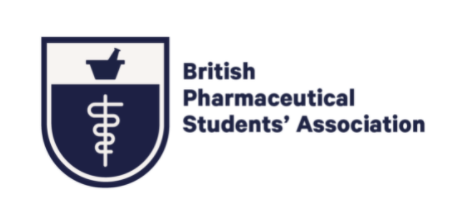Market Barriers and Innovation in The Pharmaceutical Industry
The ‘Crisis’ in Pharmaceutical Productivity
Although there has been significant growth in investment in the Research and Development (R&D) sector of the pharmaceutical industry, productivity in terms of drug approvals has not been rising accordingly. A report published in 2014 by the Tufts Center for the Study of Drug Development (CSDD) estimated the cost of developing a prescription drug that gains market approval at $2.6 billion, a 145% increase, corrected for inflation, over the estimate the center made in 2003 (see Figure 1). In terms of drug approvals, however, recent studies have shown that the number of new compounds being approved have stagnated, demonstrating “flat productivity” (Kaitin and DiMasi, 2010). An article published in 2017, shows that the number of New Molecular Entities (NMEs) dropped significantly in 2016, reflecting the lowest rate of small-molecule Food and Drug Administration (FDA) approvals in almost five decades (Figure 2) (Griesenauer and Kinch, 2017).
The aims of this investigation were to collate and analyse data on drug approvals from FDA and EMA between 1st November 2016 to 30th April 2017, to identify and understand key market barriers to drug approvals in the pharmaceutical industry.
Figure 1: Cost of a new drug in 2003 and 2013 - billions (DiMasi, Grabowski & Hansen, 2016)
Figure 2 Total small-molecule approvals and biological drug approvals by the FDA
from 1975 to 2015 and the five-year running averages (Griesenauer and Kinch, 2017)
Methodology
Drug approval data was extracted from the regulators’ websites and classified based on indication, disease classification and drug classification (NME, Orphan, Generic, New Biologics, Biosimilar). A thematic analysis was then conducted to compare drug and disease classifications of newly approved drugs.
Results
In the investigated time frame, a total of 374 drugs were approved by the FDA and only 49 by the EMA. Results show there is a greater balance of different drug types in the EMA than in the FDA (Figure 3). The EMA has a greater percentage of drug approvals within each classification except for generic drugs for which the FDA approved 71% more drugs. No biosimilar drugs were approved by the FDA and only 2% of drugs approved by the FDA were new biologics compared to 22% new biologics and 9% biosimilars approved by the EMA. For disease classification 15 (diseases of musculoskeletal system or connective tissue), only 1% of drugs approved by the FDA were indicated for these diseases, whereas the EMA approved 14%. Similar differences are observed for disease classifications 1, 2, 5, 14 and 21 (Figure 4).
Figure 3 Comparison of drug approvals between FDA and EMA according to drug classifications i.e. NMEs, generics, orphans, new biologics and biosimilars (in percentages of total number of drugs approved by each regulatory body)
Figure 4 Comparison of drug approvals between FDA and EMA according to disease classification e.g. skin diseases, diseases of circulatory system, neoplasms etc. (in percentages of total number of drugs approved by each regulatory body)
Discussion & Conclusion
A number of factors influencing the differences in new drug approvals between the FDA and EMA were observed. These include post-approval market barriers such as HTAexplain this initialisms, increased R&D costs and selectivity of drug companies as well as variations in authorisation decisions between the regulatory bodies. Potential solutions to these barriers include: increasing publicity of particular therapy areas to increase demand for new drugs and using MRAs to harmonise decisions between the FDA and EMA. Due to a time frame of only six months and a lack of extensive data from the EU (MHRA approvals), it is difficult to conclusively determine the extent to which each factor was responsible for the reduced number of drug approvals. Perhaps widening the scope of research to include other routes of approval within the EU, as well as increasing the investigative time frame, a more robust conclusion describing the relationship between R&D investments and new drug approvals may be arrived at.
This article was written by Amardeep Bagga
References
Tufts Center for the Study of Drug Development (2014). Cost to Develop and Win Marketing Approval for a New Drug Is $2.6 Billion. Squarespace.com. Retrieved 20th October 2018, from at: https://static1.squarespace.com/static/5a9eb0c8e2ccd1158288d8dc/t/5ac66adc758d46b001a996d6/1522952924498/pr-coststudy.pdf
Kaitin, K. and DiMasi, J. (2010). Pharmaceutical Innovation in the 21st Century: New Drug Approvals in the First Decade, 2000–2009. Clinical Pharmacology & Therapeutics, 89(2), pp.183-188.
Griesenauer, R., & Kinch, M. (2017). 2016 in review: FDA approvals of new molecular entities. Drug Discovery Today, 22(11), 1593-1597.
DiMasi, J., Grabowski, H., & Hansen, R. (2016). Innovation in the pharmaceutical industry: New estimates of R&D costs. Journal Of Health Economics, 47, 20-33.





